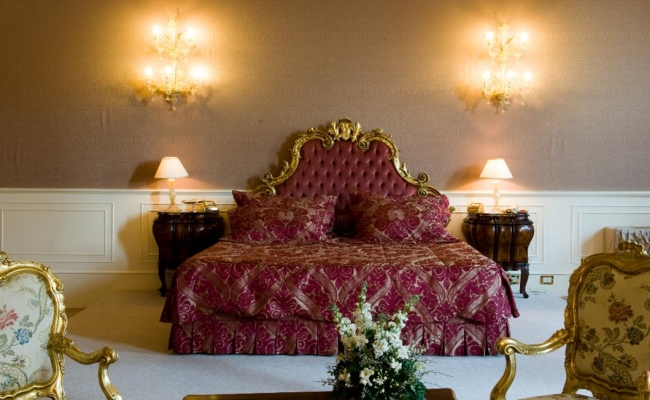Common differences between US and European hotel rooms
Posted: August, 09 2014

If you’ve never traveled to Europe before, you may be surprised by some major differences between your standard American hotel room and a standard hotel room in Europe. Many of these quirks can be credited to the age of many of the buildings European hotels are housed within. These 100, sometimes 200+ year old buildings simply can’t accommodate the same sized rooms and features as those you’d find in your standard newly constructed Holiday Inn in the United States. Not only that, but culture and customs are much different in Europe and most Europeans in big cities are perfectly content in tiny apartments and living spaces.
To help ease the surprise or confusion you may experience upon entering your first European hotel room, here are some of the biggest differences you’ll find when staying abroad.
1. Space. As we briefly mentioned above, space is a precious commodity in Europe, especially in its most dense cities. Most locals live in small living spaces and accept it as the norm. Most buildings in these cities have been around for hundreds of years and weren’t built with the modern-day traveler in mind. So be prepared to get a little less space than you would for the equivalent nightly rate in the United States, especially if you are in a city center. This isn’t universal though as many hotels have found creative ways to make larger hotel rooms to accommodate American travelers or those who simply want more space and of course the larger your budget for a hotel, the more space you'll likely be able to afford. Many of the luxury boutique hotels we work with at Small & Elegant Hotels offer rooms very similar in size to what you'd expect from an American hotel.
Another aspect of European hotels that may be a surprise is the size of hotel elevators. If your hotel in Europe has an elevator, it was likely a big challenge to find space and a way to install the elevator in the old structure. This often results in tiny, coat closet sized elevators that can only fit two to three people with luggage and even that is a squeeze. If you have a larger group of travelers with you or have a lot of luggage, you'll likely need to make multiple trips!
2. Electricity. Voltage in Europe is twice what it is in the United States. You will likely need to purchase an adapter and converter kit that can accommodate different outlets and voltage levels so that you can safely use any electronics. Hair dryers can especially be a challenge, as they require massive amounts of power. If you need to bring your hairdryer along, make sure you bring a heavy-duty converter that can handle up to 2000 watts.
3. Bathrooms. We’ve already established that space is precious in Europe, so it should be no surprise that hotel bathrooms may also be smaller than you’d expect. Many times showers are compact, hand-held showers are common, and sometimes determining how to turn on the hot water can be confusing. If that’s the case, some hotels actually post instructions next to the shower.
Bathroom linens can also be different. Most Europeans don’t use giant-sized, plush towels like Americans. Bath towels are more often much smaller throughout the rest of the world.
4. The first floor. When you think of the first floor of a hotel, you likely think of the ground floor where you enter the hotel. However, in Europe, the first floor is often the first floor off of ground level or what Americans would call the second floor. Keep this in mind when booking your hotel room or trying to find your room.
5. Double beds. Some hotels in Europe that advertise double beds have two twin beds instead of a full bed. It’s perfectly normal in Europe to either sleep on the two separate beds or to push the beds together. If this arrangement is unappealing to you, make sure you confirm the bed situation with your booking agent.
Testimonials
"I have told many of my friends how wonderful it is to work with you and your staff."